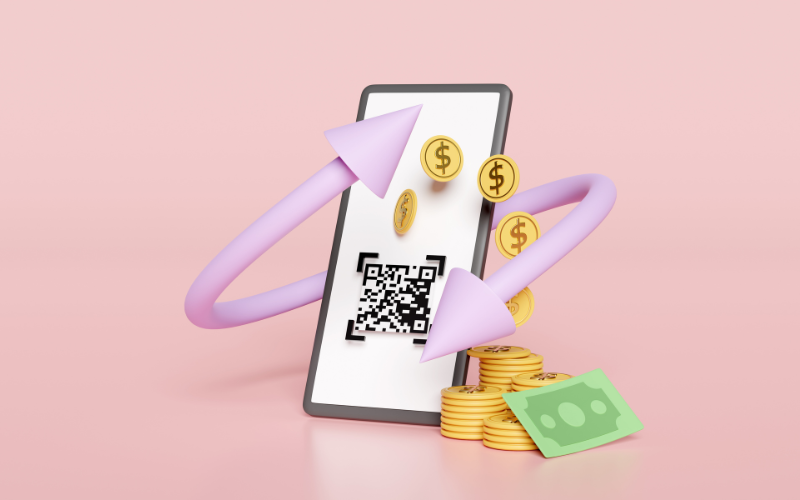What is a Progressive Web App (PWA)?
A Progressive Web App (PWA) is a type of web application that utilizes modern web technologies to provide a user experience similar to that of native mobile applications. PWAs aim to combine the best features of the web and native apps, offering a responsive, reliable, and engaging experience for users.
Benefits of Progressive Web Apps
Responsive Design: PWAs are designed to work seamlessly across various devices and screen sizes. They use responsive design principles to ensure a consistent and user-friendly experience on desktops, tablets, and mobile devices.
App-Like Interface: PWAs provide an app-like experience, featuring smooth animations, transitions, and gestures. They can be added to the home screen of a user's device, and once launched, they resemble native mobile applications.
Cost-Effective Development: Budget constraints are a common concern for e-commerce businesses. PWAs provide a cost-effective solution as they are developed using web technologies, reducing the need for platform-specific development.
Progressive Enhancement: PWAs are built with the concept of progressive enhancement, meaning they should work on any device, regardless of the level of support for modern web features. They enhance the user experience on devices that support advanced features while still providing basic functionality on older or less capable devices.
Fast Loading: PWAs prioritize performance, ensuring fast loading times and smooth interactions. This is crucial for providing a positive user experience and retaining user engagement.
Push Notifications: PWAs can send push notifications to users, even when the app is not actively open. This feature helps in re-engaging users by sending timely updates or notifications.
Security: PWAs are served over HTTPS to ensure the security of data transmitted between the user and the server. This is especially important for applications that may handle sensitive user information.
Cross-Browser Compatibility: PWAs are designed to work across different web browsers, providing a consistent experience regardless of the browser being used.
Discoverability: PWAs are discoverable by search engines, making them easily accessible to users through standard web searches. Users can find and access PWAs without the need to go through an app store.
What is a Native App?
A native app is a software application specifically designed and developed for use on a particular platform or device. Unlike web apps or cross-platform apps, native apps are created to be compatible with a specific operating system, such as iOS for Apple devices or Android for Android-powered devices. These apps are typically distributed through app stores and can access device-specific hardware and software features, providing a seamless and optimized user experience.
Native App Features:
Platform-specific development: Native apps are written in programming languages that are native to the platform they are designed for. For example, Swift or Objective-C for iOS apps and Java or Kotlin for Android apps.
Access to device features: Native apps can fully utilize the device's hardware and software features, such as the camera, GPS, accelerometer, and more, enhancing the overall user experience.
Performance: Native apps often offer better performance compared to web apps or cross-platform apps because they are optimized for the specific platform's architecture.
Distribution through app stores: Native apps are typically distributed through official app stores like the Apple App Store or Google Play. Users download and install these apps directly onto their devices.
Offline functionality: Native apps can often provide functionality even when the device is not connected to the internet, enhancing user engagement in various scenarios.
PWA vs Native Apps
Progressive Web Apps (PWAs) and native apps are two different approaches to developing applications, each with its own set of advantages and considerations. Here's a breakdown of the key differences between PWAs and native apps:
Platform Compatibility
Native apps are developed specifically for a particular platform or operating system, such as iOS or Android. Whereas, PWA's are designed to work across various platforms and devices, providing a more universal and consistent experience.
Development Language
Progressive Web Apps are normally built using the standard web technologies like HTML, CSS and JavaScript. Native Apps will be programmed in platform-specific language such as as Java for Android.
App Store Distribution
Native Apps can only be distributed through official app stores (e.g., Apple App Store, Google Play). In contrast, PWA's can be accessed and installed directly through a web browser, eliminating the need for app store distribution.
Installation
Native Apps will require a download and installation process from the app store. For progressive web apps, Users can add PWAs to their device home screens through a browser, making installation quicker and more straightforward.
Offline Functionality
Native Apps are often designed to function partially or fully offline, with features and data stored on the device. PWA's can support offline functionality through service workers, allowing users to access certain features and content without an internet connection.
Updates
Updates are pushed through the app store for Native apps, and users need to download and install them. In addition, any updates that are needed to the app will need to go through an approval process for stricter app stores which can take a few days. In some cases you have the ability to get approval from the official app stores within a matter of hours for urgent updates but there are a limited number of times you can do this. For progressive web apps, these are automatically updated in the background, ensuring users always have the latest version when they access the app.
Access to Device Features
Native apps will have direct access to device-specific features, such as camera, GPS, and sensors. Although PWA's can access some device features through web APIs, they might however have limitations compared to native apps.
Development Time and Cost
For Native apps, they will require separate development for each platform, potentially increasing development time and cost. In contrast, PWA's offer a more cost-effective and time-efficient solution, as they can be developed once and deployed across multiple platforms.
Choosing between PWAs and native apps depends on factors such as target audience, required features, development resources, and the desired user experience. Some businesses may even opt for a hybrid approach, developing both a native app for certain features and a PWA for broader accessibility.
If you're looking for advice on which is better for you, why not take a look at our web services, including Shopify Development.


















